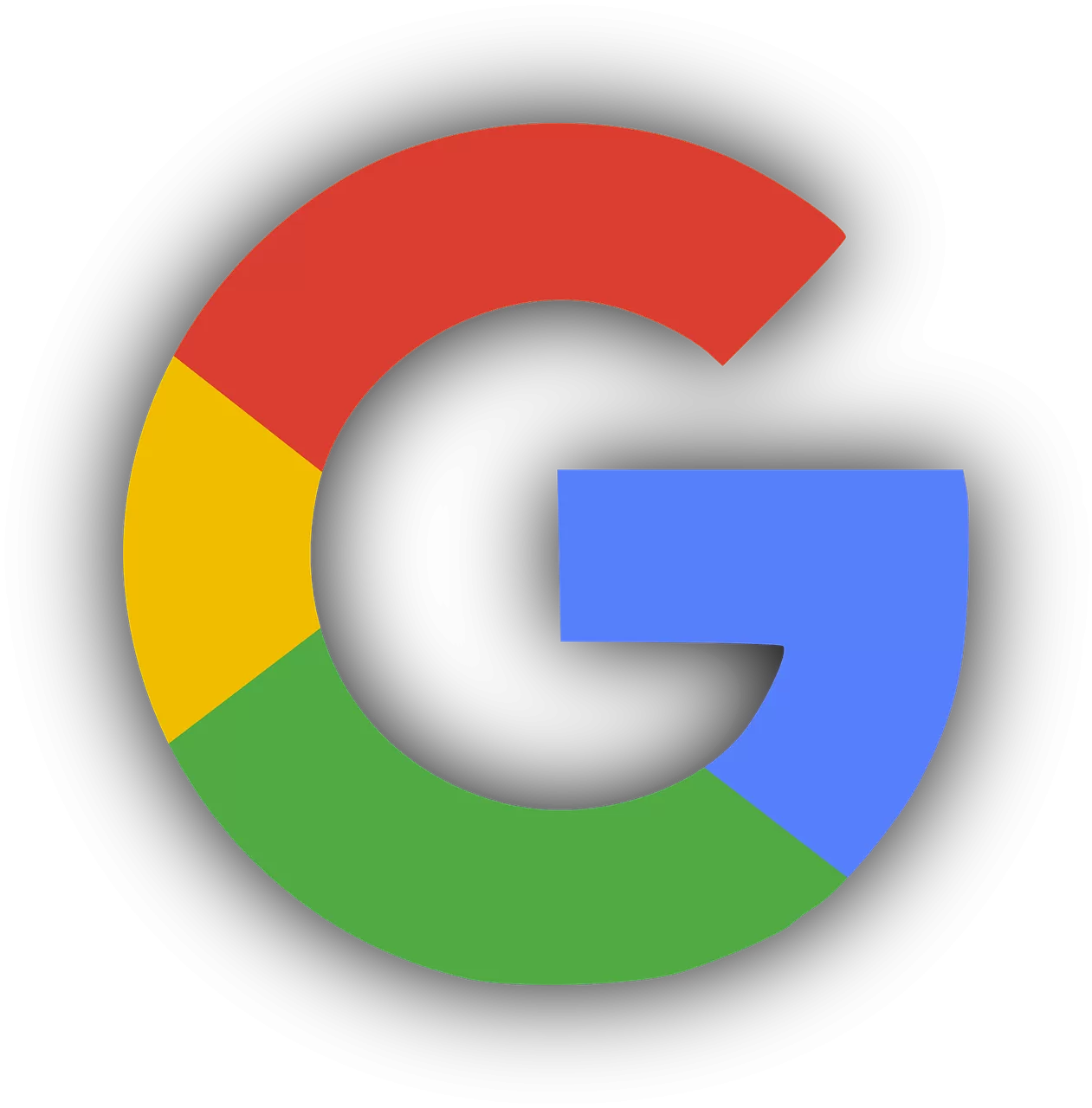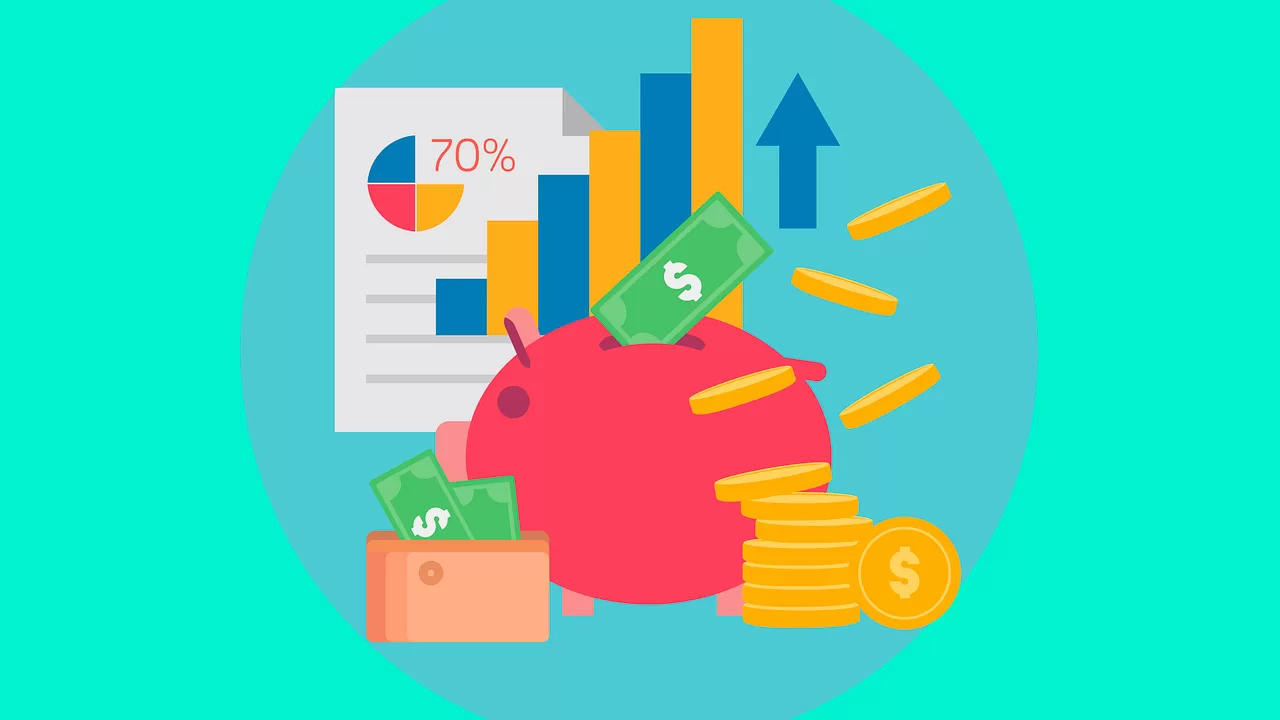In 2021, global digital advertising spending surpassed the $522 billion mark, and although cumulative worldwide ad spending increased in 2022 and is projected to do the same in 2023, many businesses are considering scaling back or restructuring their paid marketing strategies in light of a looming recession. Whether you intend to hold fast to your current budget or need to reevaluate how and where you allocate advertising dollars, it is important that you are up to speed on emerging digital marketing trends.
With that in mind, Galactic Fed has composed a list of the latest trends in digital advertising. We’ll tackle hot topics like artificial intelligence (AI), the imminent demise of Google Universal Analytics (everyone’s favorite analytics tool), and the looming recession, so if you’ve been looking for ways to stretch each of your ad dollars a little further in 2023 and beyond, these emerging digital marketing trends can help.
Going forward, you can expect the paid advertising landscape to be dominated by the following:
Automated Campaigns
Performance Max is one of Google’s latest paid campaign management tools. Despite it being out for a little over a year now, however, adoption among marketers remains lackluster, primarily because many have concerns about the limited visibility and control that the system provides. Nevertheless, even in the face of these strong reservations amongst marketers, Google continues to push users to adopt the tool.
In case you aren’t familiar with it, Performance Max is a goal-based campaign setting that allows you to set specific conversion goals and automate campaigns in an effort to achieve them. The platform uses various automation technologies to target audiences, make bids, adjust your budget, and much more.
In theory, Performance Max is a powerful time-saving tool that can help you maximize your return on ad spend (ROAS), and Google has already taken steps to encourage its use. It will undoubtedly continue to do so in the coming year, meaning you will likely have to add it into your marketing game plan at some point. Still, tread lightly, as it is not a proven commodity, and using it requires you to surrender a lot of control to the software itself.
Native Ads
Although, at Galactic Fed, we have mixed feelings about campaign automation, we are universally excited about the next trend on the list. In 2023, you can expect marketers to increase their use of native ads, which, unlike pop-ups, banner ads, and other traditional advertising content, blend in with the site or social media platform on which they are displayed. As such, they are far less disruptive than typical ads.
As usual, the driving force behind the trend is consumer preference. Approximately three out of four consumers are fed up with social media ads, and 47% of U.S. internet users have reported negative feelings toward website ads.
Native ads are still paid advertisements, but they are not as obnoxious or disruptive to the user experience. Social media native ads represent a particularly powerful tool going forward, as they can be incorporated directly into a user’s feed or video stream.
If you want to increase the efficacy of your paid ads, consider developing more native content, and remember that you can use this style of content on your website, third-party sites, and — of course — social media platforms.
New Analytics Tools
Next up on our list is another trend courtesy of Google. Google Universal Analytics is slated to be sunsetted on July 1st, 2023, and replaced with the already-available Google Analytics 4 (GA4), which can gather event-based data from apps and websites, making it more powerful and far-reaching than its predecessor.
However, Galactic Fed, and many others for that matter, have reservations about GA4, and if you have also already experimented with Google’s next-gen analytics platform, then you know that it has a few bugs that still need to be worked out.
Once Google sorts out these shortcomings (and they will), GA4 will provide businesses with actionable insights about their customer journeys. The solution is also designed to help ensure compliance with the latest privacy laws while simultaneously facilitating the cookieless measurement of conversions and user behaviors.
That said, we suggest holding off on your move away from Google Universal Analytics until it becomes absolutely necessary, as Google might just delay the sunsetting of its flagship analytics tool.

Increased Reliance on AI
AI has become the next big thing in the digital marketing ecosystem, and both it and machine learning (ML) technologies have already begun reshaping the way marketers create content, manage their campaigns, and connect with consumers. Lately, all of the hype surrounding AI’s use in marketing has been aimed at the content creation process, but despite AI being capable of supporting the efforts of writers, it is still a long way off from replacing them.
The more exciting and impactful marketing AI use case is paid advertising campaign management. As of 2022, 32% of digital marketers were using AI and marketing automation to assist in running their paid campaigns, and you can expect that number to increase in 2023, given that AI can significantly increase the efficacy of paid marketing campaigns.
According to a 2020 survey conducted among global marketers, AI helped businesses achieve a variety of desired outcomes during marketing campaigns, with 41% of respondents reporting that AI marketing technology helped them improve campaign performance and accelerate revenue growth. Four out of ten respondents stated that AI allowed them to gain more actionable insights, and one-third reported that they generated better ROI on campaigns.
With that being said, if you need to get more out of your advertising strategy, consider using AI to manage your paid marketing campaign.

Reduced Spending
For about a year or so, there have been murmurs of an impending recession, and though some economists have walked back their projections, others are ringing the alarm bells louder than ever. The latest predictions estimate that the recession will begin sometime in the latter half of 2023, and in response, about 30% of business leaders plan to cut back on paid ad spending, while 40% are keeping their budgets the same as they were in 2022.
Your business, like these survey participants, has undoubtedly reevaluated its spending strategy this year, and whether you have scaled back spending or simply declined to increase your budget, it is important that you explore ways to maximize the impact of every dollar you spend.
If you have the financial leeway, you may even want to consider investing in some new tools or advertising tactics. Ramping up marketing when the majority of the field is scaling back can help you expand your market share and gain ground on the competition.

More Social Content
Last year, roughly three out of every four marketers ran paid social media campaigns, and according to the same source, 28% of consumers are first introduced to new products via social media. These stats reveal two things. For one, you need a social media campaign if you want to remain competitive, and secondly, social channels are a great tool for raising awareness about products and services.
There are a few ways through which you can take advantage of these trends, but you’ll need to identify which platforms your target audience is most active on to get started. Once you do, reevaluate your marketing strategy on those platforms and incorporate native ads into your campaigns.
Social media platforms are no longer fringe marketing channels: They are full-fledged, lead-generating, customer-nurturing outlets that you can use to drive business growth, and moving forward, social media will no doubt continue its transformation into a mainstream marketing tool.

What These Emerging Digital Marketing Trends Mean for Your Business
When you get down to brass tacks, these emerging digital marketing trends present two options: You can either put them to use and retool your paid advertising strategy, or you can ignore them and recycle the techniques you used in 2022.
If last year’s paid campaigns delivered powerful results for your business, it might be tempting to adopt the “If it ain’t broke, don’t fix it” ethos, but as you know, continuous improvement is key to success in the fast-paced world of digital marketing.
That said, reworking your digital advertising strategy will be a big lift for your internal marketing team, especially if they are already stretched thin, and the good news is that you can take the hassle out of digital marketing by working with a third-party firm. The right partner will help you decide which of these emerging digital marketing trends will deliver the best value for your business.
Regardless of your decision concerning partnerships, start weaving these emerging digital marketing trends into your paid advertising game plan so that you can optimize your ROAS. When implemented strategically, they’ll set you up for paid marketing success in 2023 and beyond.

